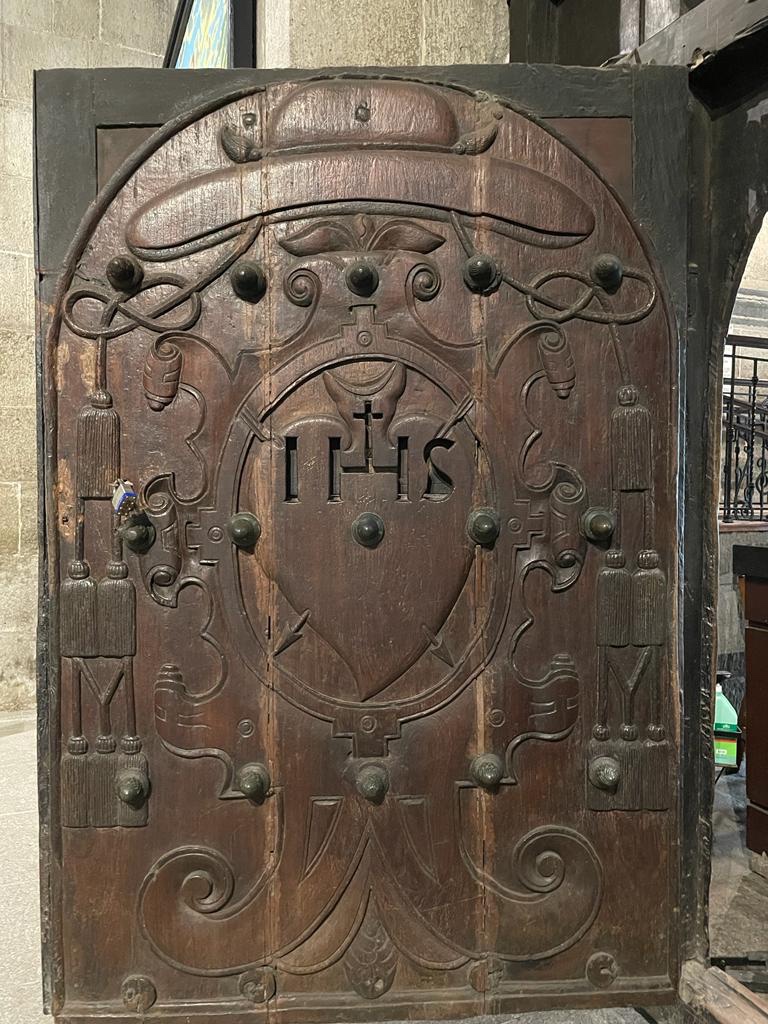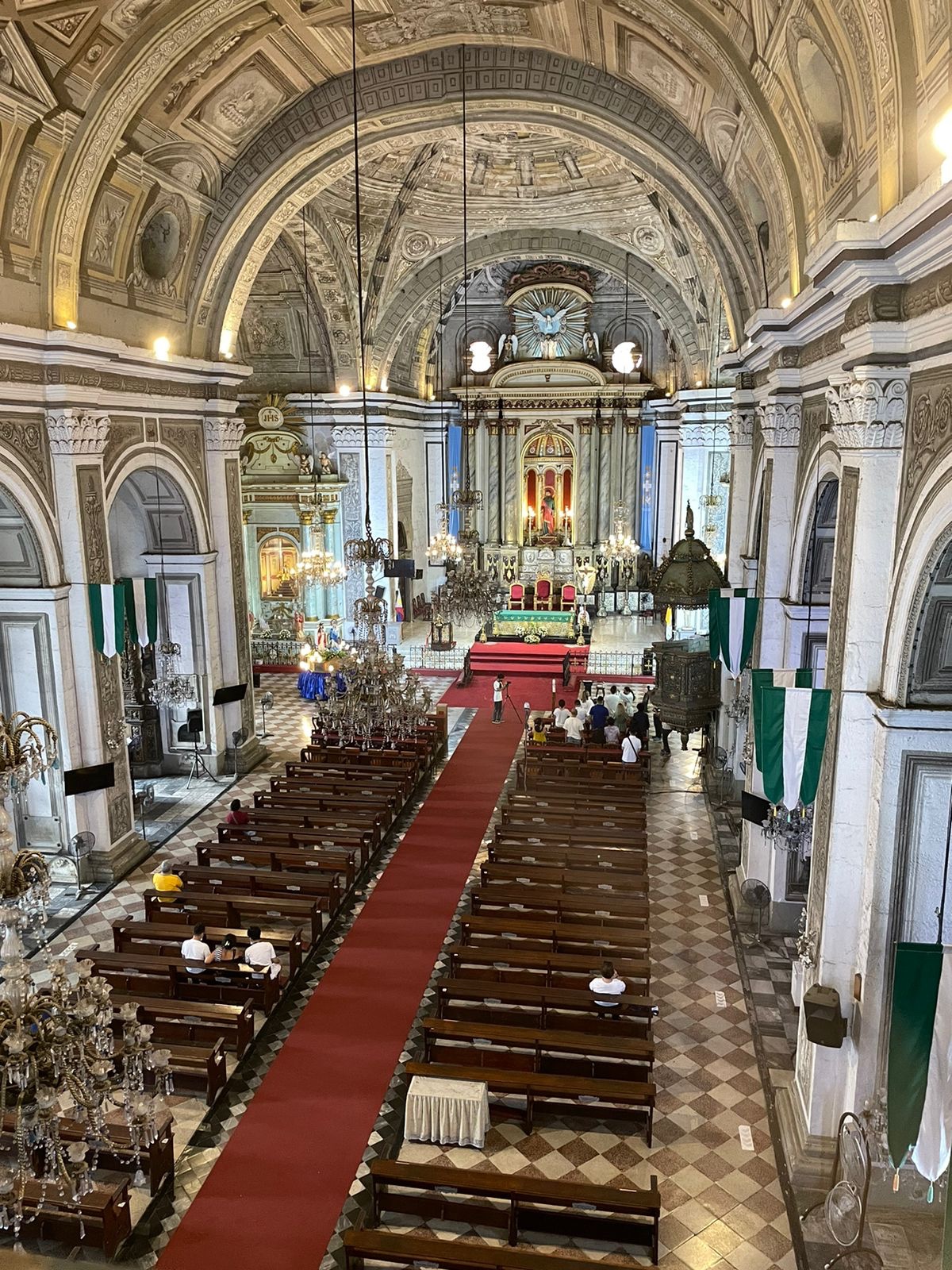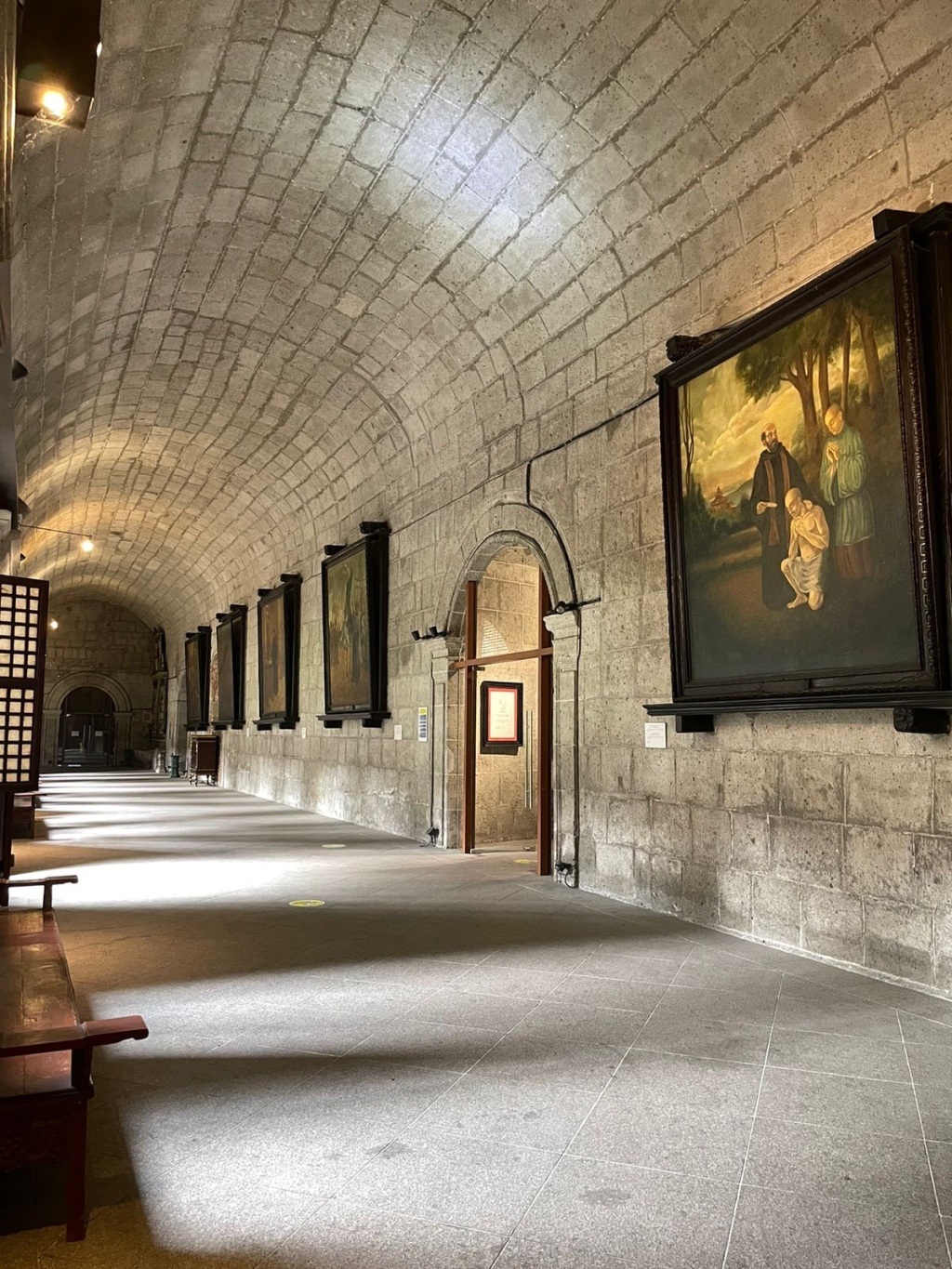A couple of weeks ago we finally checked off an item in our travel bucket list and had an overnight stay at Sofitel Philippine Plaza in Manila. During that stay, we checked out the nearby Manila landmarks like the Philippine International Convention Center (PICC), Cultural Center of the Philippines (CCP), Coconut Palace and StarCity. We wanted to make the most of our stay, and being in Manila, we didn’t miss the chance to go to the ‘walled city’ of Intramuros yet again. This time, our agenda was to visit museums.
Our first stop was the Museo de San Agustin (San Agustin Museum). It was the monastery of the San Agustin Church, a UNESCO World Heritage Site and is the oldest church in the Philippines that is made of stone. Before the Baroque-style infrastructure was completed in 1607, San Agustin was first erected using nipa and bamboo in 1571. It was rebuilt with the use of wood in 1575 after the city was burned by a Chinese pirate in 1574. When another fire destroyed the church in 1583, the Augustinian friars had it rebuilt the third time using adobe. Since its completion, it withstood natural disasters and witnessed significant historical events from the end of the Spanish Colonisation, to the American and thereafter Japanese occupation.

The San Agustin Museum showcases preserved paintings, sculptures, artworks, religious artifacts and ornaments. Upon entering the museum, we saw a huge wooden door made of molave that dates back from the 17th century. It is called the Door of Love, which was the main message of the Augustian friars. The purpose of the door was to remind anyone who enters to leave any hatred behind.

A walk through the halls and the rooms provide a glimpse of the lives of the Augistian friars who lived, prayed, and studied here.


This replica of Nuestra Senora del Pilar is one one of the galleons that travelled the Acapulco-Manila travel route in the 16th to the 19th century. This was how the Augustinian friars came to the Philippines. Travel from Spain to the Philippines took about one year as the route would go through the Atlantic Ocean to the Mexican costs onto Acapulco. Then, the galleon would sail on to Manila. It was not just Christianity that the galleon brought. They were loaded with silver bars, Mexico and Peru peso coins, corn, cacao, tobacco, sugarcane, cows and horses. From Manila back to Mexico, the galleons would bring oriental products from Japan, China, India, and Indonesia such as cloves, cinnamon, nutmeg, turmeric, ginger, silk, ivory, porcelein, cotton, wax, tea, cigarettes and more.

There is garden outside the halls of Museo de San Agustin, called the Inner Garden. It was a place of silence for the Augustinian friars’ meditation. I liked how it did provide a sense of calm, and the sound of the city beyond the walls of Intramuros could not be heard there.

In one of the big chambres we came across the Retablo of Juan De Los Santos. The retablo (main altarpiece) was carved by Juan De Los Santos in 1617, and was transferred to this chambre sometime around the 17th to 18th century as the style (Ionic-Corinthian) was not anymore in conformance with the church’s style (Baroque) when it was renovated. This retablo’s original saints in its niches were stolen by the British (1762) and the American (1898) soldiers.

In another big chambre stands the 18th century Baroque altar. Altars like this were constructed 17th century onwards in the hopes of withstanding natural disasters like earthquakes, foreign invasions and destruction by white ants. Sadly only a few made it through time. This was reconstructed in 1976 by D. Luis Ma. Araneta who saved original carvings of the saints from different places.


The museum crypt is called “Sala de Profundis” (Love for Ancestors). In the center of the crypt was a small monument to commemorate those who were killed during the Battle for Manila in 1945.
Going to the upper floor, we passed through the Grand Escalera consisting of 44 steps made of granite. The granite blocks were bought from Canton, China from 1786 – 1789. The walls of this staircase were adorned with paintings of Augustinian saints.



The upper floor gave us a different vantage point of the Inner Garden. The walls of the hallways showed pictures of Augustinian churches in different parts of the Philippines. There were rooms with paintings from Spain, Mexico and Japan. Bells of San Agustin were displayed on the upper floor.
I’d say my favorite part of this floor is where the choir sits as it gave us a good, unobstructed view of the San Agustin Church.


I am glad that the Museo de San Agustin opened its doors to visitors once again. We were only a handful of visitors at the time, so it allowed me to focus on what was displayed. I imagined I was walking back in the 16th century – how it would have been back then. Knowing the church and its then convent walls have seen several generations and historical moments, it made me appreciate this trip even more.
